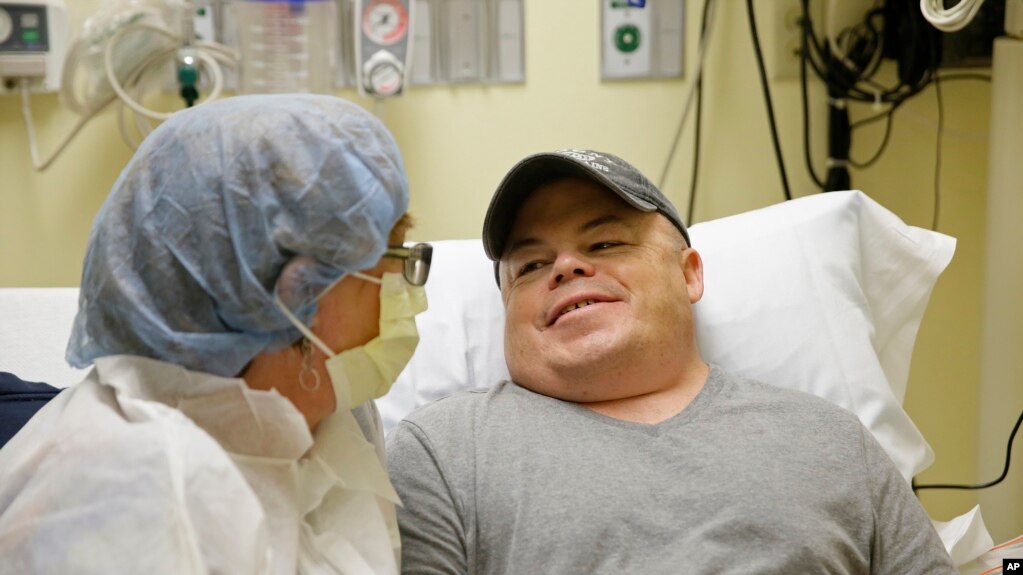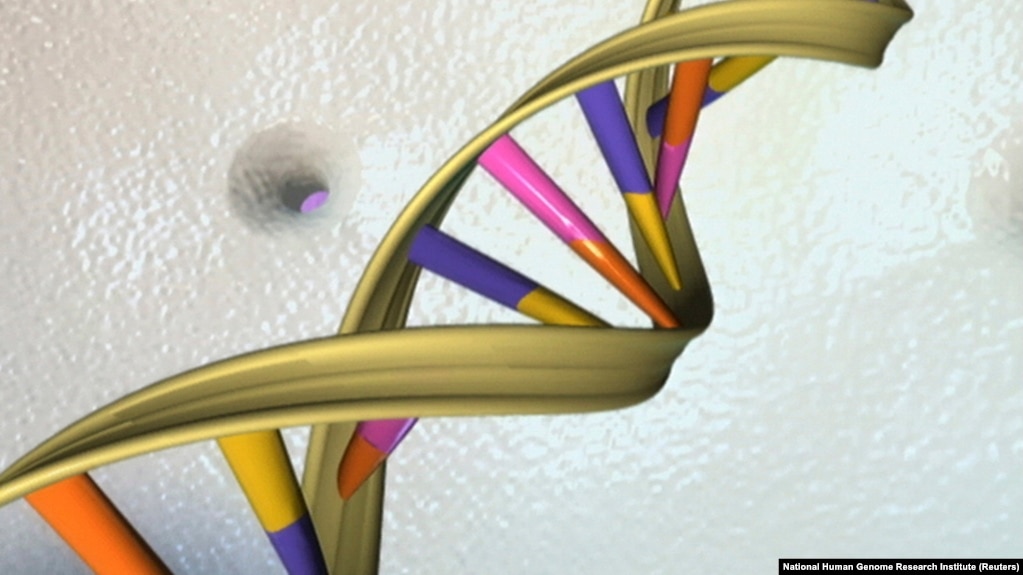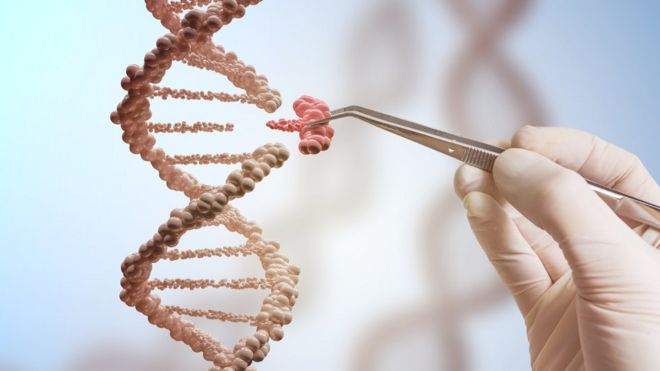The experiment was done Monday in California on 44-year-old Brian Madeux. Through an IV, he received billions of copies of a corrective gene and a genetic tool to cut his DNA in a precise spot. "It's kind of humbling" to be the first to test this, said Madeux, who has a metabolic disease called Hunter syndrome. "I'm willing to take that risk. Hopefully it will help me and other people." Signs of whether it's working may come in a month; tests will show for sure in three months.
If it's successful, it could give a major boost to the fledgling field of gene therapy. Scientists have edited people's genes before, altering cells in the lab that are then returned to patients. There also are gene therapies that don't involve editing DNA. But these methods can only be used for a few types of diseases. Some give results that may not last. Some others supply a new gene like a spare part, but can't control where it inserts in the DNA, possibly causing a new problem like cancer.

Brian Madeux sits with his girlfriend Marcie Humphrey while waiting to receive the first human gene editing therapy at the UCSF Benioff Children's Hospital in Oakland, Calif.
This time, the gene tinkering is happening in a precise way inside the body. It's like sending a mini surgeon along to place the new gene in exactly the right location. "We cut your DNA, open it up, insert a gene, stitch it back up. Invisible mending," said Dr. Sandy Macrae, president of Sangamo Therapeutics, the California company testing this for two metabolic diseases and hemophilia. "It becomes part of your DNA and is there for the rest of your life."
That also means there's no going back, no way to erase any mistakes the editing might cause. "You're really toying with Mother Nature" and the risks can't be fully known, but the studies should move forward because these are incurable diseases, said one independent expert, Dr. Eric Topol of the Scripps Translational Science Institute in San Diego.
Protections are in place to help ensure safety, and animal tests were very encouraging, said Dr. Howard Kaufman, a Boston scientist on the National Institutes of Health panel that approved the studies. He said gene editing's promise is too great to ignore. "So far there's been no evidence that this is going to be dangerous," he said. "Now is not the time to get scared."
Woe from head to toe


 The Science, Health, and Technology Room
The Science, Health, and Technology Room



 Reply With Quote
Reply With Quote













